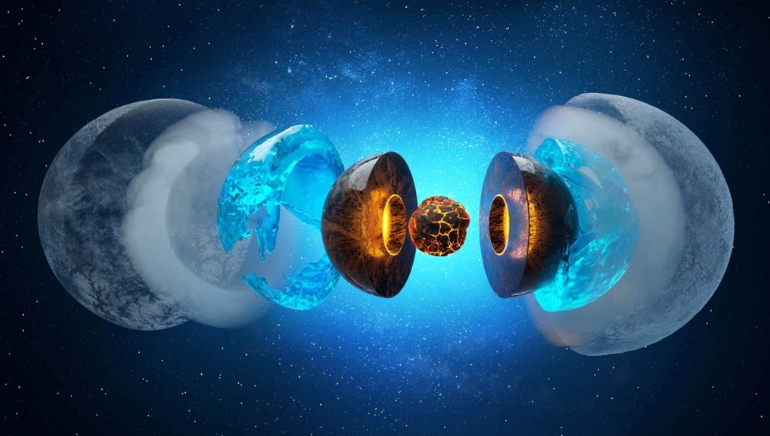Global attention has been drawn to a scientific breakthrough that has revealed the presence of an enormous ocean hidden far below the surface of the planet.
This massive water body is larger than all surface oceans combined and is located around 700 kilometres below the surface in a mineral known as ringwoodite. Ringwoodite’s extraordinary ability to absorb water was revealed by scientists in 2014 research titled ‘Dehydration Melting at the Top of the Lower Mantle’, comparing it to a sponge.
Geophysicist Steve Jacobsen highlighted its ability to draw in hydrogen and hold onto water, implying that there is a complete water cycle on Earth and providing a possible explanation for the planet’s plentiful surface water. Researchers investigated the transition zone between mantle layers after seismic investigations revealed shockwaves beneath the surface of the Earth. Scientists discovered evidence of intergranular melt and hydration within this transition zone through high-pressure tests and seismic analysis, suggesting a sizable water reservoir.
These results suggest a mechanism for the movement and storage of water in the interior of the Earth, which may have an impact on geological processes. The discovery creates new opportunities for geoscience investigation and research and has significant ramifications for our understanding of the dynamics of Earth’s core processes and composition.















